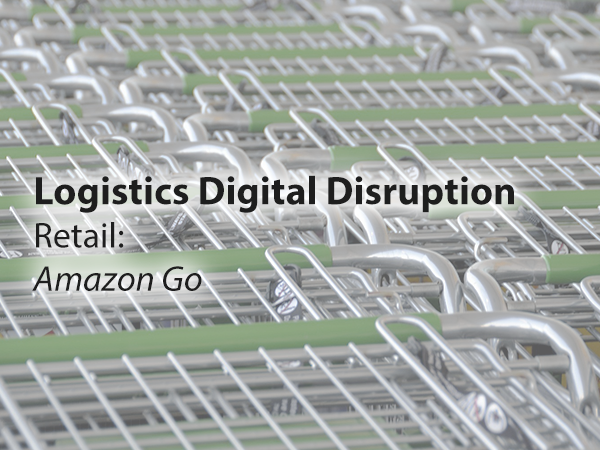Ever the disruptor to established marketplaces, Amazon is changing the business landscape once again with the introduction of its revolutionary retail model, Amazon Go.
What is Amazon Go?
Amazon Go is a retail concept whereby shoppers electronically identify themselves on entering a store, then shop for the goods they want, and leave without checking those items out, or physically paying for them. Using artificial intelligence and image recognition software, Amazon Go eliminates queuing up and paying for the goods. Instead, it recognises what you have bought and charges the cost to you after.
Using the Amazon Go app on their phones, shoppers scan in as they enter an Amazon Go shop. Then, everything they take from the shelves is automatically added to a shopping cart. Weight sensors on the shelves recognise too if you return an item to the shelf. Once the customer leaves the store, a payment is charged to their Amazon account. Amazon calls its combination of computer vision, deep learning algorithms and sensor fusion “Just Walk Out Technology”.
The technology has been in development since 2012, and Amazon now has three stores in Seattle and one in Chicago. They sell groceries, ready-to-eat, chef-prepared food and snacks and meal kits. Amazon plans to open stores in New York and San Francisco soon. And a Bloomberg report claims that the company has plans to open as many as 3,000 shops by 2021.
It seems crazy to most shoppers to just put items in your bag and simply walk out of the store. But knowing you will automatically be charged must go some way towards mitigating the guilty feelings that you’ve just stolen your entire shopping.
For customers, it’s a system that speeds up their shopping. There’s no time spent queuing at the tills and going through the checkout process. The shops themselves are inviting too, with a stylish look and modern vibe. For Amazon, it is a significant step towards a bricks and mortar payment platform as a service (PaaS). This is beneficial for Amazon as, although their stores may turn a small profit, the largest potential gains come from licensing the underlying technology for third-party retail stores.
Is this the future of retail?
It’s such an attractive prospect for retailers that others will undoubtedly follow suit. With no requirement to have cashiers, it reduces the staffing costs. And there’s no space needed for checkouts and tills, allowing a retailer to devote more space to product-filled shelves.
Perhaps most appealing is that it makes shoplifting impossible. You can’t get into the shop without the app, and when you leave with goods, you’ll be charged for them. With more than 380,000 police-reported incidences of shoplifting in England and Wales in 2017/18, retailers implementing an Amazon Go type of experience can only benefit.
Additionally the technology will provide retailers with more data on the consumer buying experience within their stores. When did a customer pick a product up? When was the product put back? In what sequence were products bought? All this data has the potential to be analysed to streamline the overall customer experience.
Amazon has not yet disclosed whether it plans to sell its technology. And while other retailers don’t yet seem to have introduced anything comparable, one company has already developed similar technology. Zippin, a startup based in San Francisco, has created a store to demonstrate the concept and to promote the technology to retailers. Other companies are reportedly also developing rival systems.
This may lead the way for a universal shopping app too. Having scores of different shopping apps on your phone – one for each shop you ever visit – will prove awkward and inefficient. There’s probably already a forward-looking company out there developing the technology and pitching it to retailers.
The future could see apps use more data to recommend other products to you while you shop. If you’re buying steak, perhaps you’d like chips to go with that? It could even use location technology to guide you to the correct aisle. And the technology could conceivably be enhanced to also offer discounts while you shop. While you’re trying on that suit, a special offer could be the inducement that secures the sale.
Change is certainly not going to come overnight and it may take a generation for these systems to become commonplace. But automated checkout systems and artificial intelligence-led technology will almost certainly sit at the heart of retail in the future. And companies will have to adopt it if they want to compete successfully for a share of the consumer wallet.
This is the final post in our series of six articles on logistics digital disruption.
